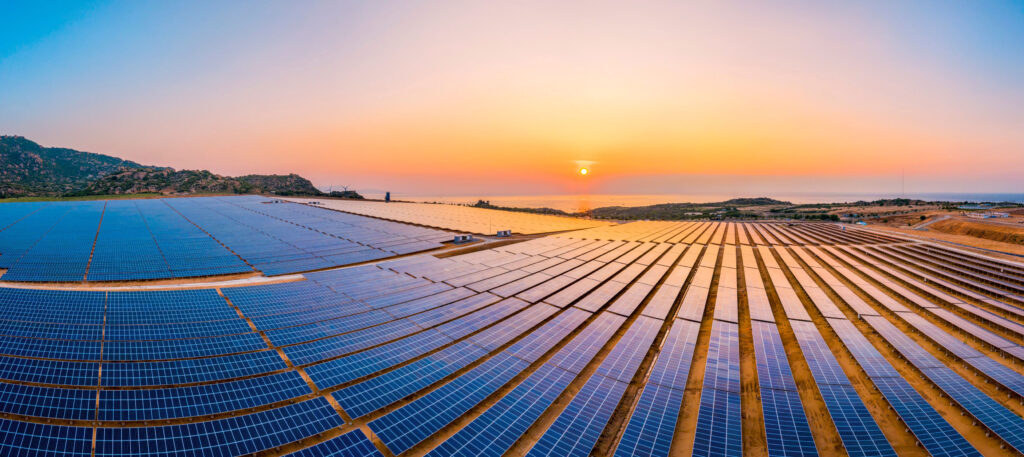The importance of photovoltaic cell/module as a continuous operating system is a well-known necessity. Reliable predictive and preventive maintenance techniques are needed to assure lifetime efficiency in service. For this we need to know what kind of defects can occur, the most probable frequency and where it can appear. The current paper investigates a nondestructive method based on infrared (IR) thermography with the help of which solar panels measurements were made. Hot spots invisible to naked eye are put into evidence and local, dust accumulated particles where detected and analysed.
- This paper investigates fault analysis in PV panels, with a focus on using non-destructive infrared (IR) thermography.
- A common failure mode is the “hot spot,” which occurs when a partially shaded cell becomes reverse-biased and begins to dissipate power as heat, potentially leading to permanent damage.
- IR thermography can detect faults that are invisible to the naked eye, such as internal cell defects or corrosion, by identifying these localized hot spots.
- The technique is presented as a valuable tool for preventive and predictive maintenance, allowing for the early detection of anomalies before they become critical failures.


